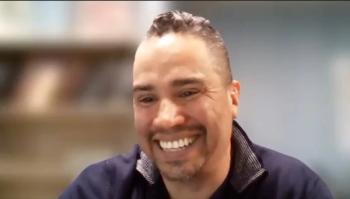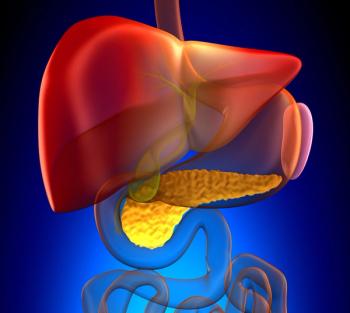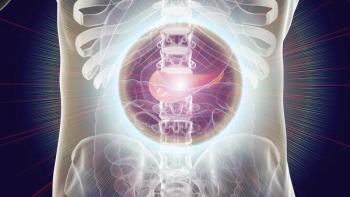
Oncology NEWS International
- Oncology NEWS International Vol 16 No 8
- Volume 16
- Issue 8
Very small pancreatic cystic tumors: observe or treat?
Very small pancreatic cystic tumors are safe to observe, rather than treat, in patients with no symptoms and no radiographic features associated with malignancy, according to a study of patients with neoplasms less than 3 cm in size.
WASHINGTONVery small pancreatic cystic tumors are safe to observe, rather than treat, in patients with no symptoms and no radiographic features associated with malignancy, according to a study of patients with neoplasms less than 3 cm in size.
Recent international consensus guidelines suggest that patients with these small tumors do not need immediate treatment. However, there have been few published data up to now to support that recommendation. The purpose of this study was to determine the rate of malignancy among patients with pancreatic cystic tumors less than 3 cm and the incidence of symptoms and radiographic features suggesting malignancy.
The researchers found that about 3.3% of patients with very small tumors and no symptoms or radiographic features had a malignant tumor. As a result, "we have concluded that the international guidelines are appropriate," commented C. J. Lee, MD, of the University of Michigan Medical School, Ann Arbor, who presented the findings at Digestive Disease Week 2007 (abstract 278).
Led by Diane Simeone, MD, the researchers used databases from five high-volume pancreatic centers to identify 166 resected neoplasms less than 3 cm in size. For each neoplasm, they looked at predictors of malignancy, such as age, sex, and symptoms, including abdominal pain, nausea and vomiting, jaundice, pancreatitis, unexplained weight loss, and anorexia.
The investigators also reviewed radiographic features of concern, including the presence of a mass, lymphadenopathy, or dilated main pancreatic or common bile ducts.
Of the 166 cases identified, 31 were malignant. Men and older patients were more likely to have malignant tumors, Dr. Lee reported.
The great majority of patients with malignancy (96%) had symptoms, including abdominal pain (55%), weight loss (35%), jaundice (32%), and pancreatitis (14%). Most also had at least one radiographic feature of concern.
Of 30 patients with no symptoms, only one had a malignant tumor. "That 3.3% rate of malignancy is the same as the mortality rate from major pancreatic surgery," Dr. Lee said.
The authors concluded that patients who have very small tumors with no other symptoms or radiographic indicators have a very low risk of malignancy and can be managed initially with monitoring rather than surgery.
Articles in this issue
over 18 years ago
Avoiding copay shockover 18 years ago
Induction chemo increases survival in unresectable NSCLCover 18 years ago
Superselective chemo strategies for HCCover 18 years ago
'Value meal dosing' of lapatinib is proposedover 18 years ago
AMA approves CPT code for Axxent electronic brachytherapyover 18 years ago
Zevalin/R after CHOP-R doubles CRs in follicular NHLover 18 years ago
RT plus local paclitaxel gel promising in esophageal caover 18 years ago
TH vs TCH in metastatic breast cancer: 'Take your pick'Newsletter
Stay up to date on recent advances in the multidisciplinary approach to cancer.































































































